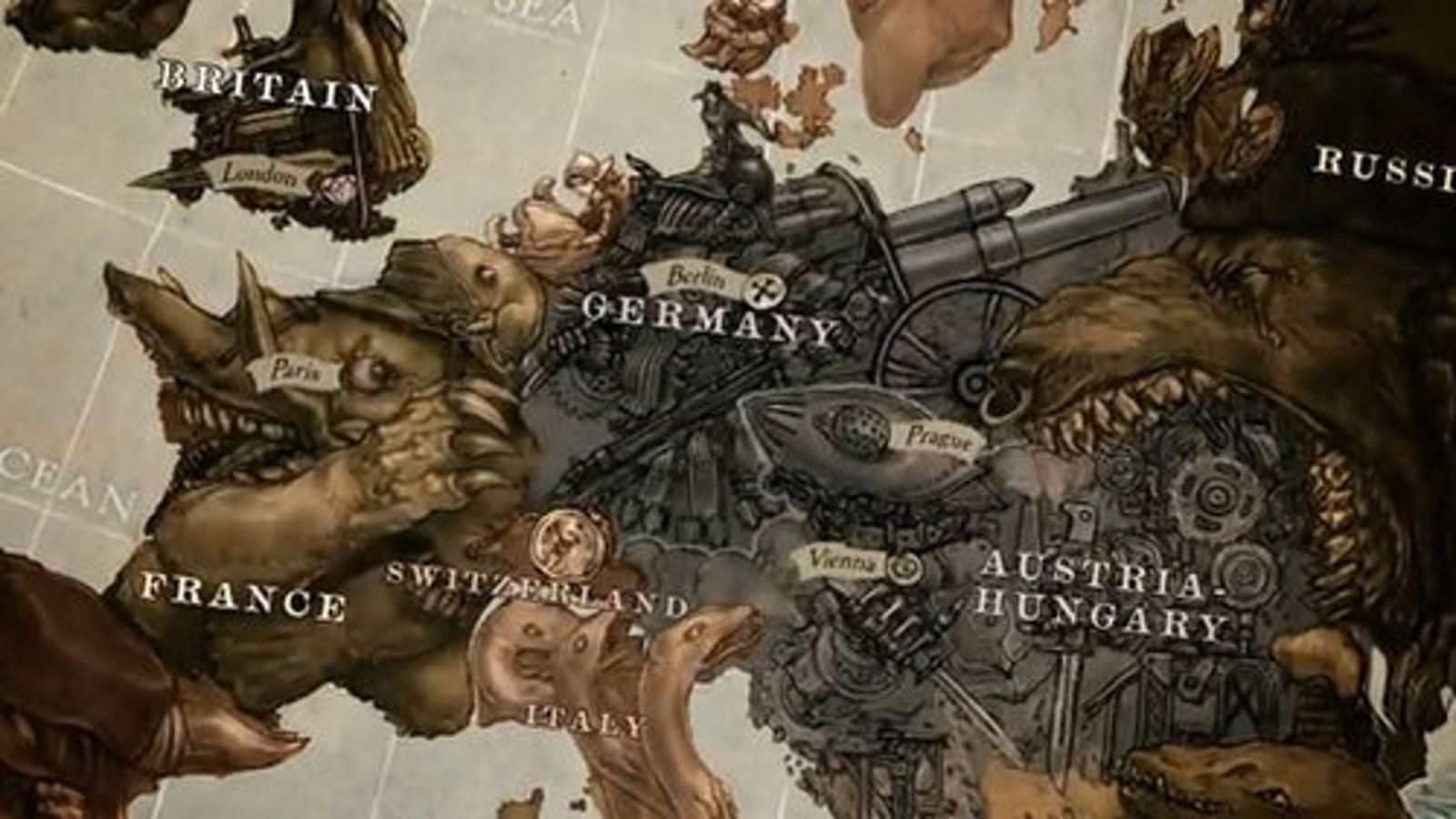


Some writers and fans refer to the "shiny happy" version as "Victorian Fantasy", " Gaslamp Fantasy" or "Victorian Futurism". Steampunk's modern incarnation may be considered a reaction to the popular dystopias of that time: the positive power of the imagination and subversion of the New Technology is Evil trope are common steampunk themes, although recent steampunk is increasingly likely to deal with dystopian societies, sometimes even drawing upon the works of Charles Babbage to theorize humans with mechanical brains and other things rendering them cyberpunk in all but the backdrop and visual trappings.Įlements of steampunk that are set in the American frontier are usually referred to as " cattlepunk". Blaylock were writing in the early 1980s in contrast to the cyberpunk stories like Neuromancer that were saturating media. Jeter to describe the speculative fiction stories in a Victorian setting that he, Tim Powers, and James P. (Some definitions set the start date earlier, though, perhaps as far back as the 1780s, when the Industrial Revolution first began to take off.) The term "steampunk" was coined by K.

Think of The American Civil War and World War I as acceptable bookends: the former is when the technological revolution really started to take off, and the latter when it first started edging into Diesel Punk. While various works may be more chronologically specific, any time from around 1860, through to the 1910s, can be considered fair game. Steampunk may be a modern reflection of the 1930s≤0s trope of The Gay '90s, an idealized version of the 1890s.


 0 kommentar(er)
0 kommentar(er)
